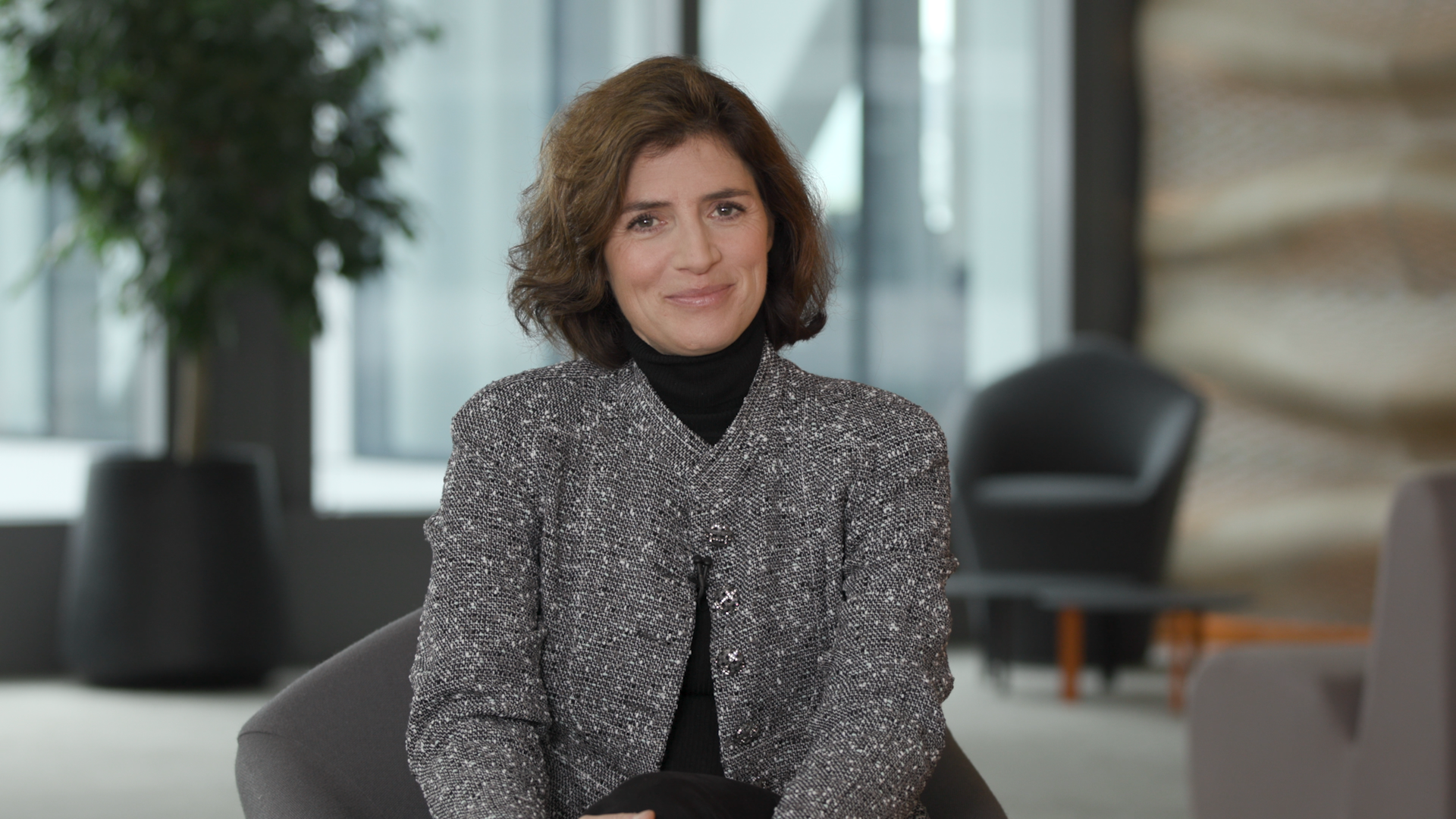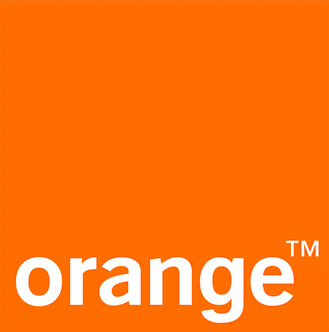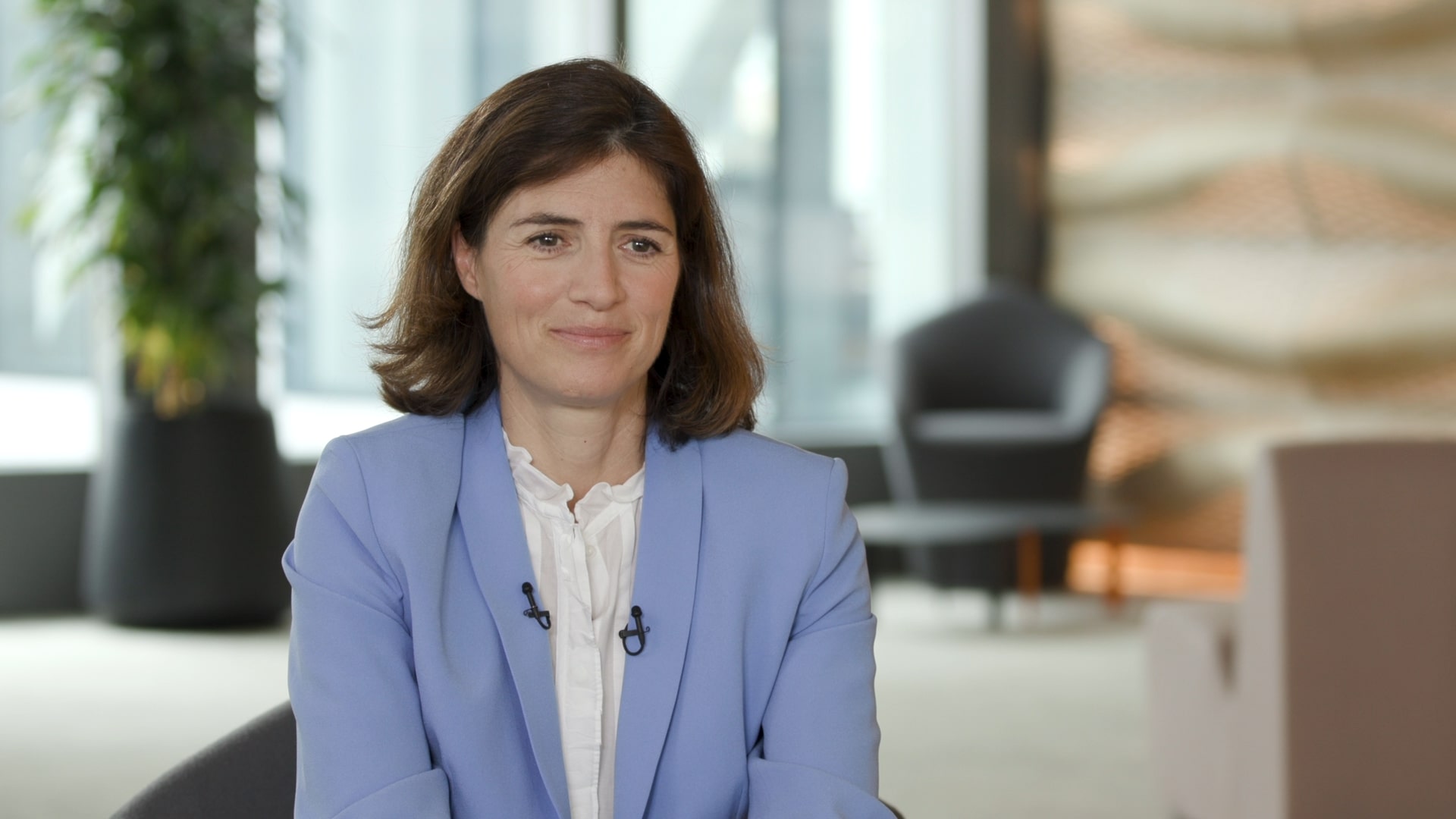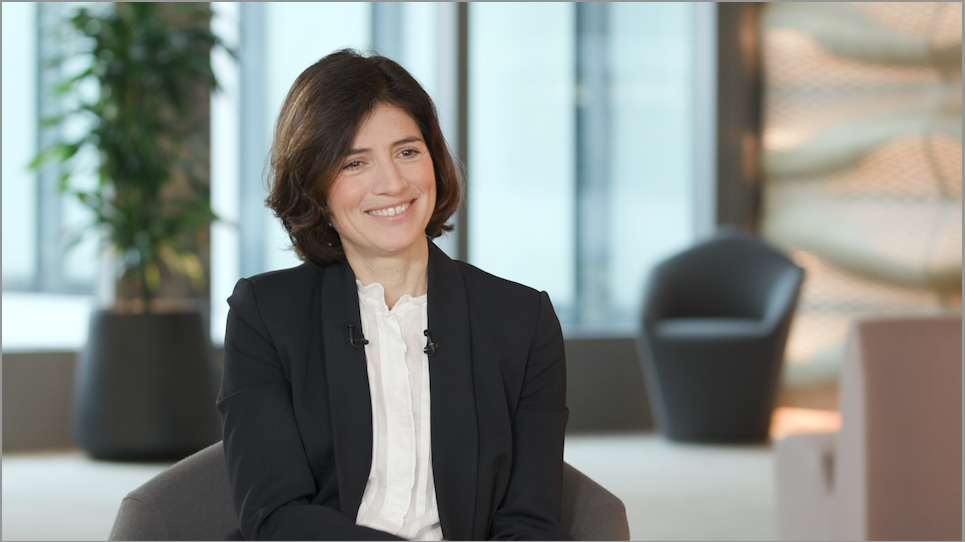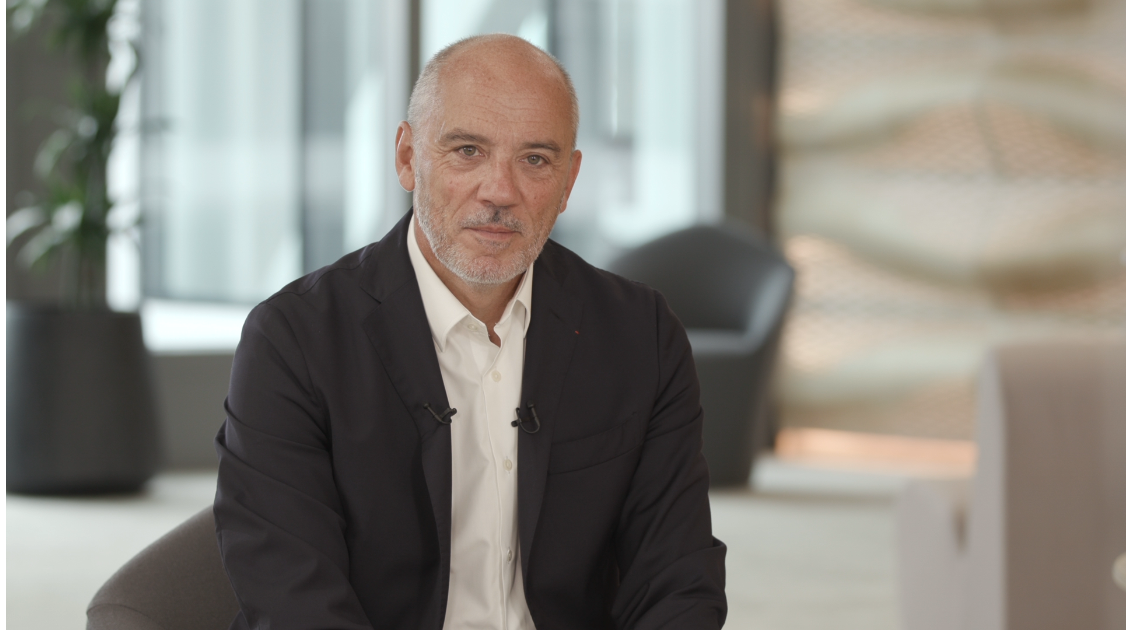EuroBusiness Media: Orange, France’s leading telecom operator and one of the biggest in Europe, held its Investor Day today. We’re here with Stéphane Richard. Hello, Stéphane. As the Chairman and CEO of Orange, what is the key message you want to get across during this Investor Day, particularly now that you are halfway through your Essentials2020 strategic plan?
Stéphane Richard: Our message is two-fold. First, to give an update on the progress we’ve made on Essentials2020. And here we’re well on track, as we’ve just had our 9th consecutive quarter of revenue growth. We’ve reached our target of returning to overall growth one year earlier than the guidance we gave when we introduced the strategy. Our company is doing well, revenue is expanding. This first message is essential, since it’s the credibility that we’ll build on as we look to the future.
Second – and this is the message I want to expand on – is to show how we’ll keep this momentum going and generate even more value in the coming years. So part of it is looking at how far we’ve come, but the more important part is looking ahead and showing how we’ll leverage our ability to create value.
EBM: Back at your last Investor Day in 2015, the outlook wasn’t quite so confident. How can you explain this turnaround?
Stéphane Richard: Yes, it’s true that in 2015 we were just coming out of a difficult period that included a shock in our main market, France, with the entry of a new mobile network operator. At that time, we’d already started laying the groundwork for the more solid position our company is in today, and especially for the optimistic outlook we now have. But back then we were just starting the process of demonstrating it.
What finally triggered the turnaround were the important decisions we made. There were two strategic decisions in particular that have since differentiated Orange from our European peers and that explain how we returned to growth.
The first was investing in optical fiber. Orange is the only operator in Europe that made a resolute choice to provide fiber to the home, bringing high-broadband landline connections to every country where we operate. None of our competitors did that. Some did it only in certain countries, while others – like Deutsche Telekom – didn’t do it at all. But we made a firm decision, over four years ago now, to dedicate all our investment resources to upgrading our landline network to optical fiber. And we chose PON technology, which proved to be the best, most efficient technology – and the easiest to roll out.
So that’s the first thing.
The second fundamental choice we made was to orient our strategy towards convergence. Again, we stole a march on our competitors, although they came around eventually. For years we’d seen the European market heading in this direction, and at an ever faster pace. The basic idea is simple; it makes more sense for households and businesses to have a single provider for all their landline and mobile communication needs. That makes things a lot easier for our customers. And it brings a lot of benefits – also to us, since we can be more effective in our offering for both landline services and mobile services. That’s obviously the best way to build customer loyalty.
The fact that we made these two strategic choices – optical fiber and convergence – before anyone else in Europe, and that we rolled them out systematically in all our markets, is why we’re in such a strong position today.
The figures speak for themselves. We’re Europe’s leader in optical fiber, with our fiber optic network capable of reaching 25 million households in the eight countries where we operate. We’re also the leader in 4G with the highest number of 4G customers in these same eight countries. And we’re the leader in convergence with 10 million such customers in Europe.
So you see, it’s not just down to luck. It’s the consequence of a handful of good decisions we made, which we focused all our efforts on. That’s what created the solid, powerful foundation on which we can expand going forward.
EBM: As you know, one issue weighing on your share price is your CAPEX. Any thoughts?
Stéphane Richard: I realize that CAPEX has been an important issue across our industry for the past 2–3 years. Investors are clearly concerned about it, and some may not even fully understand what’s behind it. But I think what concerns investors is not just the size of our CAPEX, but also the uncertainty as to whether we’ll eventually be able to monetize those investments. That’s a lot of what’s turned investors off telecom stocks. In 2017, stock prices in our industry hit a record low. Personally, I think the sell-off was excessive and unwarranted. But that means we need to better explain what we’re doing, why our CAPEX is high, and what that will let us offer going forward.
The uncertainty around monetizing our investments is understandable. Let’s be clear about that – especially in Europe, where we have regulatory constraints unlike anywhere else in the world. That adds an additional burden. It also creates an element of instability. We’re fighting it as hard as we can. And we’ve made some good progress. But the past still tinges the view that investors have of our industry. It’s different in other parts of the world. In the US, for example, they don’t have this problem.
With that said, let’s now look to the future.
It’s true that our CAPEX is high. We’ll spend some 17% of our revenue on it this year. That’s a lot when you compare it with the past. But that ties back to what I said earlier – our strategy has been to invest all our resources in building a new fiber-to-the-home network. This has been a major driver of our return to growth, and by the same token, of our ability to once again create value. We’ve returned to earnings growth. But we’ve also lifted our margins and our EBITDA. In fact, our EBITDA is growing at a faster pace than our revenue. So it’s very healthy growth that does in fact create value.
Our job now is to demonstrate how our CAPEX is in fact profitable. It’s profitable when you look at the business model for optical fiber today. We can get an ROI that’s nearly twice our WACC. So we are clearly creating value. Another point I want to add, which is important for an infrastructure-intensive industry like ours, where it’s all about connectivity – we’re also creating value for future generations. We’re building legacy assets for our company and our shareholders that are absolutely invaluable. Invaluable.
Take the example of railroads in the US in the 19th century. They were also the bedrock of the economic development that underpinned the second industrial revolution. That’s what we’re doing today with optical fiber. And with high-broadband landlines and mobile connections. We’re building the digital railroad of the 21st century. And the huge value of these assets justifies the effort we’re making in CAPEX. That said, we still need to spell out where we’re going. We must be transparent about our plans for CAPEX going forward, how we’re working to keep it under control, and the return we expect to get. Management is focused on making sure we grow our other financial metrics – like profit margin, EBITDA, and operating cashflow – and the factors that allow us to return the value we create to our shareholders. We want to create value for all our stakeholders – customers who get fiber optics, governments that are happy to see us invest in their countries, and, above all else, our shareholders.
EuroBusiness Media: Looking beyond networks, what do you see as your differentiating factors going forward?
Stéphane Richard: I want to talk about networks before we move on. We’ve already touched on optical fiber – but there’s more to it than that. Networks will always be an investment priority. That’s where innovation happens. We’re rolling out optical fiber, embracing network virtualization, and getting ready for 5G. We’ve already positioned ourselves to take the lead on this next-gen mobile technology. Networks will remain our main growth driver across our business lines for many years to come. As far as we’re concerned, connectivity is everything in today’s digital age.
But, as a company, we understand that in this digital age we have to find new ways to extract value from our networks. That’s where services come into play. The digital services market is booming right now. So we have some choices to make.
We’ve opted to focus on areas where, in our view, we can make best use of our assets – our networks, customers, brand, local presence, and technology – to make inroads into these new digital markets. Let’s look at two examples.
The first is content. Content is vital to telecom operators like Orange. Some of our competitors have poured vast sums of money into buying up digital content, rights, and channels. We see things differently. Networks are still our number-one investment priority. But that doesn’t mean content isn’t important to us. It’s something we take very seriously, albeit from a different angle. For us, it’s about forging partnerships and operating as a content aggregator and distributor. Yet again, the emphasis is on extracting as much value as we can from our networks. When you consider that our ARPU is €6 a month higher for a fiber optics customer than for an ADSL customer, it makes sense to focus on add-on services – especially content – as we look to drive revenue even higher. And we want to leverage our global footprint to secure profitable deals with content providers like Netflix and HBO.
We intend to carry on doing things our own way when it comes to content. We don’t subscribe to the vertical integration model. As I’ve said time and again, I think we’ve hit on a winning formula. Our customers don’t want to be locked into a single option. I can’t stress enough how important it is. We believe in giving people more choice. So it’s only right that we should let our customers choose what content they want to see – with superior technology and at the right price.
The second example is banking. In one sense, moving into financial services is a bold step because we’re going outside our comfort zone. But the financial services industry is embracing the digital transformation with open arms, so it’s not that far removed from our existing business model. Just over a month ago, we launched Orange Bank in France.
How has it gone so far?
It’s been a real success. We’ve had far more people opening and applying for accounts than we ever expected. We’ll likely be well ahead of target by the end of this year. Consumers have really bought into the concept.
I’m a firm believer in our new service. We’ve diversified, but we’ve done it differently. It’s an online-only bank, but also with a physical presence because we’ve trained 1,000 employees on how to sell financial services, and we’ve obtained the necessary licenses.
Our bank listens to and learns from its customers. In time, we plan to roll out a comprehensive range of banking services, starting with loans. It will all begin in early 2018, when we’ll put our roadmap into action. Over the course of 18 months to 2 years we intend to turn Orange Bank into a full-service, online-only bank, all while retaining a physical presence.
We launched Orange Bank for two reasons. First, we wanted to branch out into a new business line and create even more value for our company and shareholders. As well as turning a profit from our banking business, we wanted to grow our customer franchise – something that will put us on a solid footing going forward.
Second, we wanted to diversify our business and forge closer ties with our existing telecom customers. The bank is a new way for us to reach out to these customers – and to people who don’t currently use our telecom services but might do so in the future. We’ve got big ideas about how online financial services can enhance our telecom offering, and vice versa. We think this hybrid model is the way forward. The two businesses are a good fit for each other. You can see that in the way our employees have gotten behind this new strategy. And that’s one of the reasons why it’s been such a success.
Yes, it’s an ambitious plan. Yes, it’s a bold move. Yes, we’re taking a risk. But the early signs bode well. Personally, I think we’re doing the right thing. I’m enthusiastic about where we’re heading.
EuroBusiness Media: At this Investor Day, you spoke about discipline and value creation. What steps are you taking, and what commitments have you made?
Stéphane Richard: Discipline is vital for our business. Earlier I mentioned that all industries, including ours, have seen years of declining revenue. That has forced us to focus on cost control – including both OPEX and CAPEX – and strive for greater efficiency. We’ve also anchored our ability to generate the EBITDA we need to support our investments.
So we have to maintain this discipline on cost control, for both OPEX and CAPEX. It’s key to our success. That doesn’t necessarily mean introducing one cost-cutting plan after another, but rather making it part of the way our employees approach their day-to-day jobs.
At Orange, we’ve implemented programs to streamline costs. The first was Chrysalid, which saved €3 billion within our cost structure.
Our current program is called Explore 2020. Once again, we’re looking to save €3 billion. We’ve already cut costs by nearly €2 billion, including €1.7 billion in OPEX alone. Explore 2020 will be extended into 2019 and 2020 with €1 billion of additional savings in OPEX, or €500 million per year.
But I think we should go even further by making more of an effort on CAPEX. It’s currently high for the reasons I mentioned earlier. Right now it needs to be high, and it’s creating value. But at the same time, that’s forcing us to be even more efficient with our CAPEX. That’s why we introduced a Lean CAPEX program this summer that aims to shrink the unit cost of our CAPEX by 15%, which will give us a total savings of €1 billion over three years. We plan to reinvest the money we save to enhance our ability to create value from our CAPEX in the countries and the areas where it makes the most sense.
So our Lean CAPEX program fits in perfectly with the cost-control discipline I mentioned earlier, at a time when we’re investing a lot.
The other driver I wanted to discuss is value creation. That term is maybe what best summarizes our strategy for the coming years. We’ve been in periods like this before, where we aim to maximize value creation. And that’s where we are today, thanks to the solid foundation we’ve built. This is reflected in our ROCE, which grew this year and stands to grow further in the future. That’s the measurable result of our drive to create value – a drive that will underpin everything we do.
EBM: So what specific commitments have you made?
Stéphane Richard: The first, which is a strong and very important commitment, and one expected by investors, is to reduce the absolute value of our CAPEX. In 2018, our CAPEX will max out at €7.4 billion. From then on, it will decline.
We’ve also made two other commitments. The first is to deliver higher EBITDA growth in 2018 than in 2017. And the second is to increase our operating cashflow, measured as EBITDA less CAPEX, at a faster rate in 2018 than in 2017.
So the growth rates of our two key aggregates – EBITDA and EBITDA less CAPEX – will be higher in 2018 than they were in 2017.
EBM: Stéphane Richard, CEO of Orange, thank you for your time.
Stéphane Richard: Thank you.

